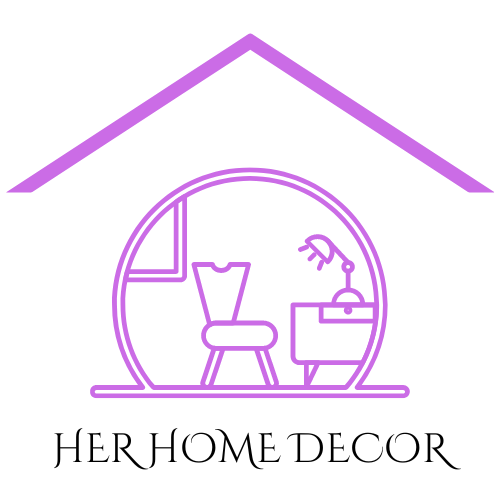Designing an office space that seamlessly blends functionality and aesthetics is an art. Throughout my career as an interior decorator, I’ve had the privilege of transforming numerous office environments into inspiring, productive, and visually pleasing spaces. Even though home and office decor may all fall within the same field of interior decorations, they often require a slightly different set of creative skills. These creativity would be noticed in the form and type of accessories and even down to the colors to be used as paints. Certain colors are suitable for a professional environment while others are not.
In this article, I’ll share some essential tips and insights on achieving the best office decor design. And also end it with some samples of gorgeous and elegantly done office decor.
Understanding the Purpose and Functionality
The first step in creating an exceptional office design is understanding its purpose. An office is not just a workspace; it’s a reflection of the company’s brand, culture, and values. It needs to be functional to enhance productivity while providing a comfortable environment for employees and visitors.
Key Elements of Office Decor Design
1. Layout and Space Planning
Effective space planning is crucial. An open-plan layout promotes collaboration and communication, while private offices or cubicles can provide necessary privacy and focus. Consider the nature of the work performed in the office to decide the right balance. Flexibility is key—modular furniture and movable partitions can help adapt the space to changing needs.
2. Ergonomics
Investing in ergonomic furniture is non-negotiable. Chairs and desks should support proper posture to prevent discomfort and long-term health issues. Adjustable desks, ergonomic chairs, and keyboard trays can make a significant difference in employee well-being and productivity.
3. Color Palette and Lighting
Color and lighting play a pivotal role in setting the mood of an office. Neutral colors like white, gray, and beige can create a clean, professional look, while pops of color can inject energy and creativity. Natural light is ideal, but if that’s not an option, opt for LED lighting that mimics daylight. Task lighting is also important for reducing eye strain.
4. Decorative Elements
Art, plants, and decorative objects can personalize an office space and make it more inviting. Artwork can reflect the company’s values or history, while plants improve air quality and add a touch of nature. Be mindful of clutter—decor should enhance, not overwhelm, the space.
Tips for Achieving the Best Office Decor Design
1. Create Zones
Designate specific areas for different activities—workstations, meeting rooms, breakout areas, and lounges. This zoning helps in organizing the space and ensuring that it caters to various needs, from focused work to casual brainstorming sessions.
2. Incorporate Branding
Your office is an extension of your brand. Use brand colors, logos, and design elements subtly throughout the space. This not only reinforces brand identity but also instills a sense of pride and belonging among employees.
3. Prioritize Storage Solutions
A clutter-free workspace is essential for efficiency. Integrate smart storage solutions to keep documents, supplies, and personal items organized. Built-in cabinets, floating shelves, and multi-functional furniture with hidden storage are great options.
4. Technology Integration
Ensure that the office design accommodates the latest technology. This includes ample power outlets, cable management solutions, and spaces for video conferencing equipment. Wireless charging stations and smartboards can also enhance productivity.
5. Acoustic Considerations
Noise can be a major distraction in an office. Use sound-absorbing materials like carpets, acoustic panels, and ceiling tiles to minimize noise levels. Consider creating quiet zones or rooms for tasks that require deep concentration.
Sample Office Decor Ideas You Can Emulate

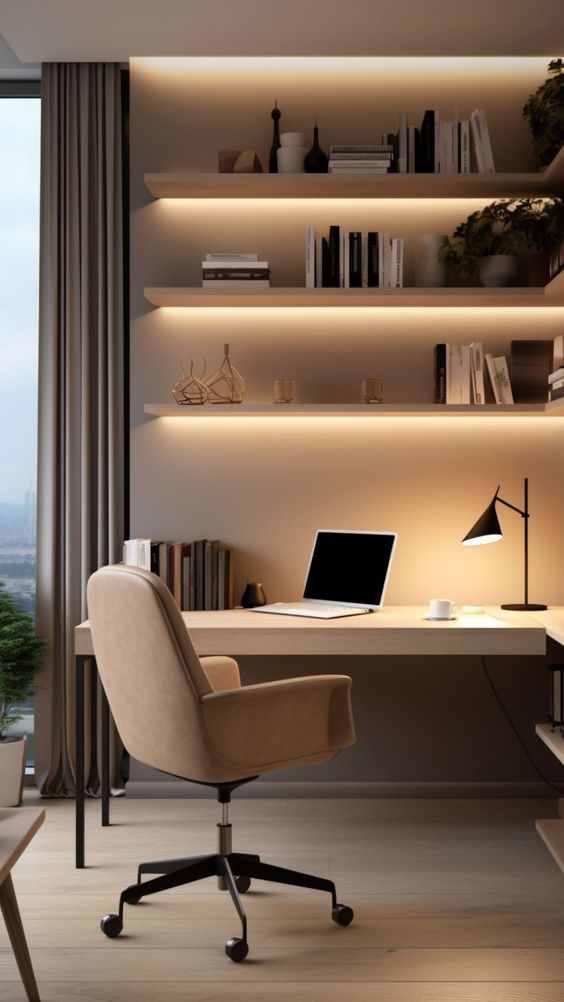
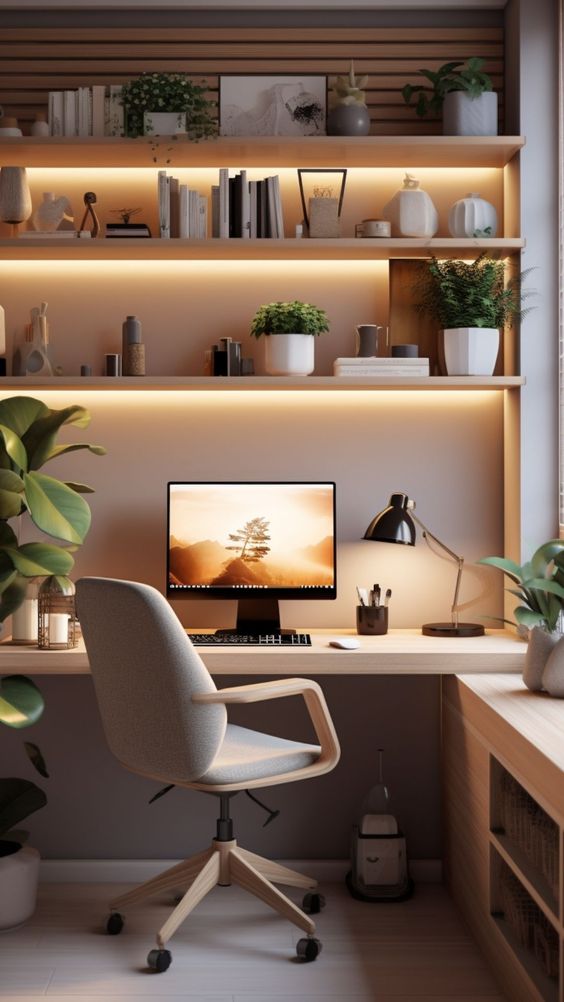


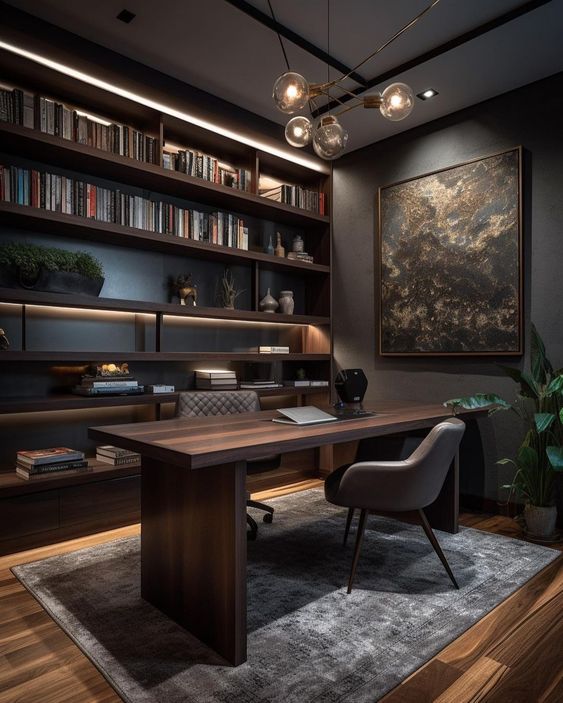
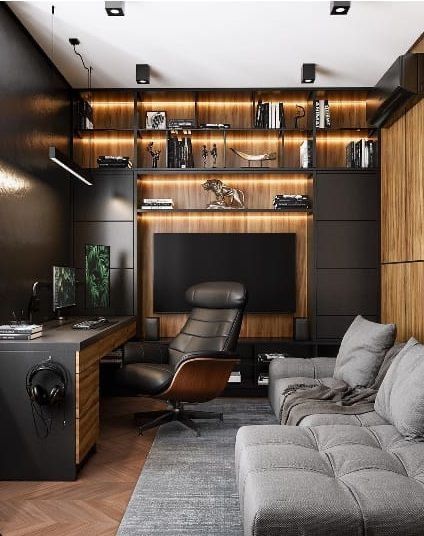
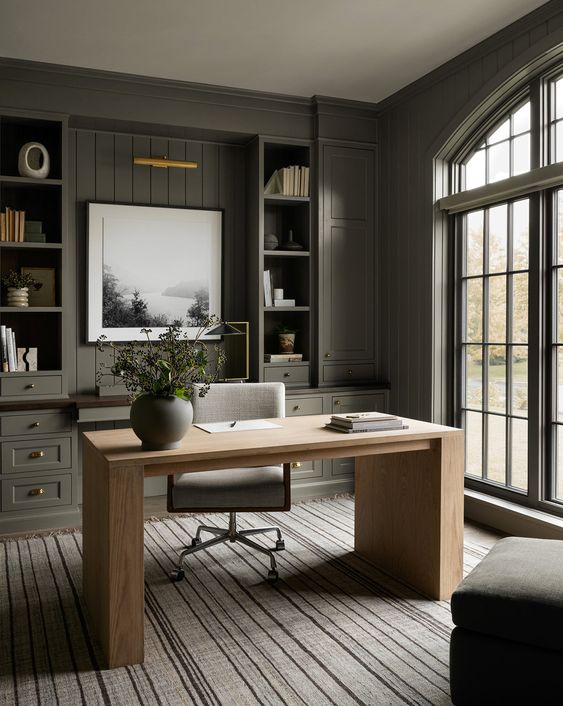
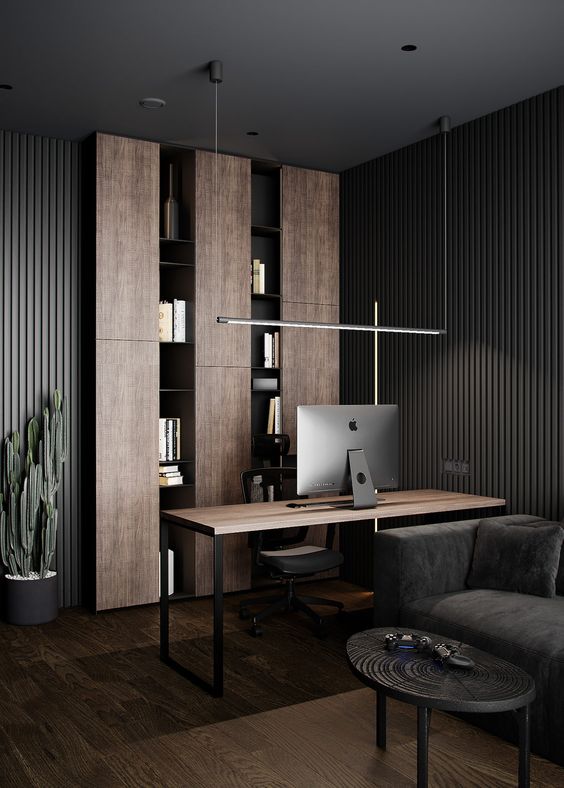


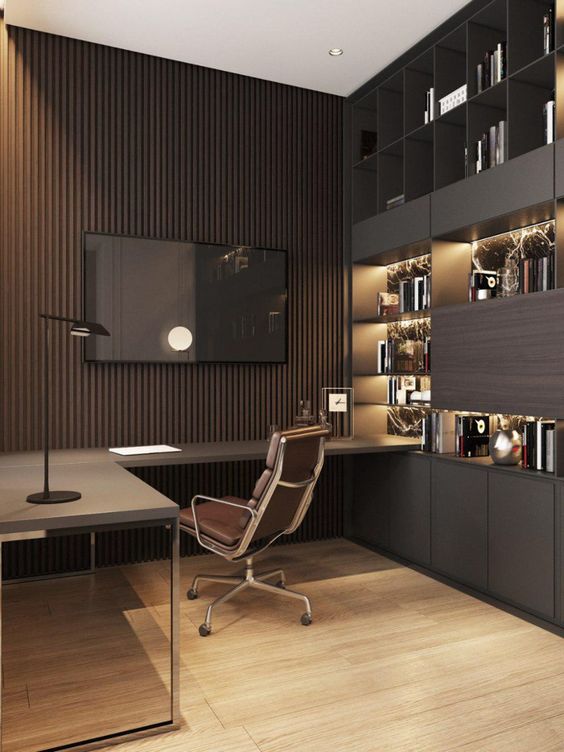
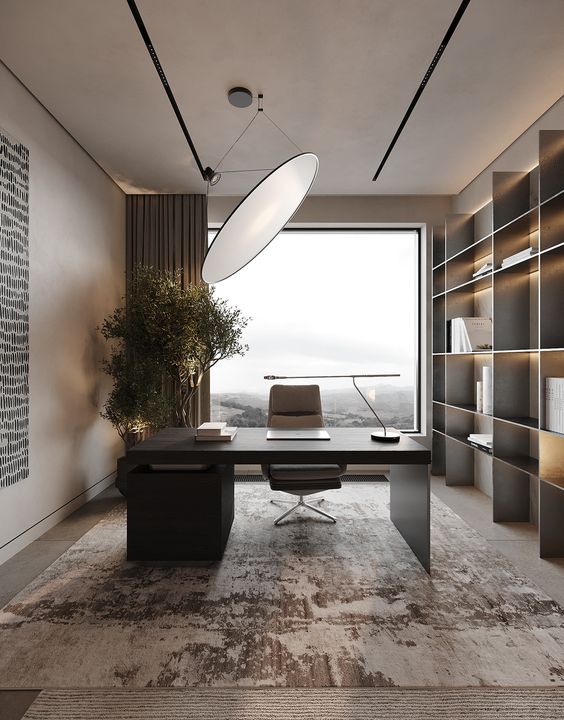
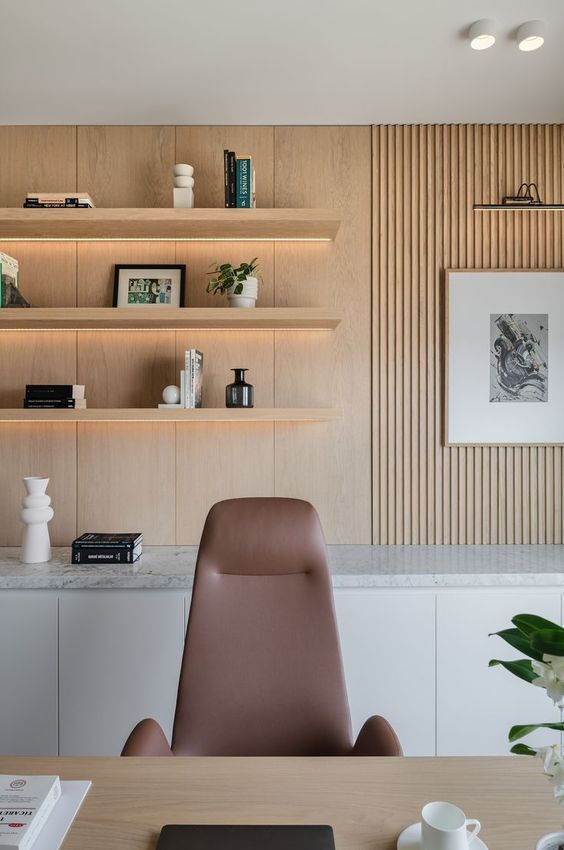

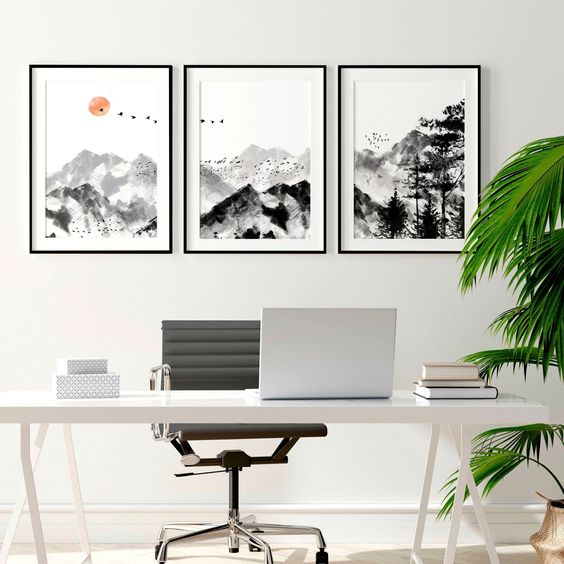

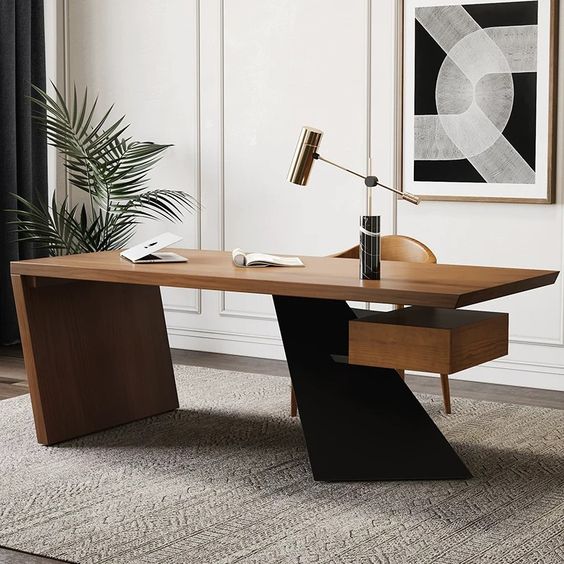




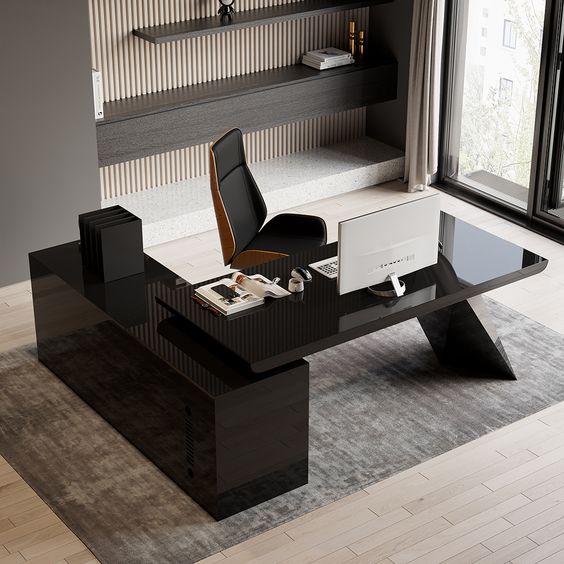
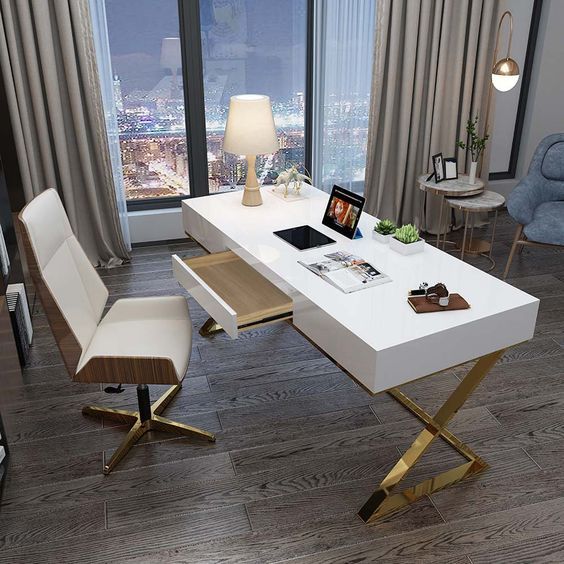
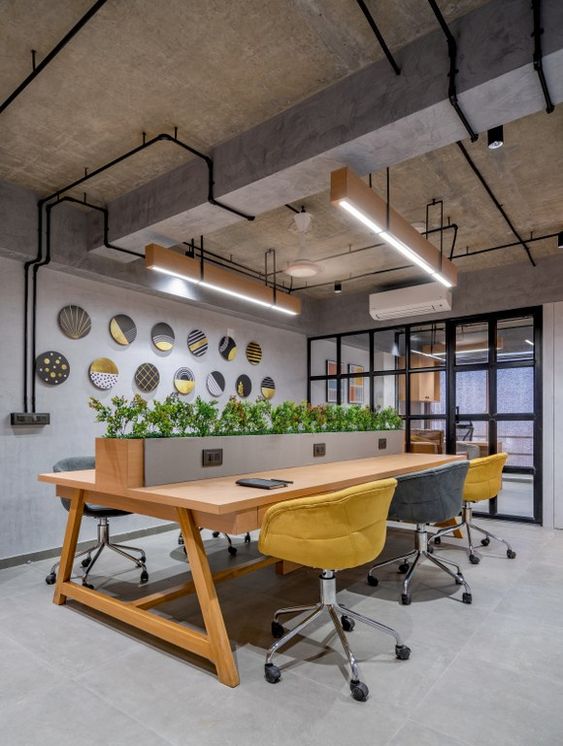
Achieving the best office decor design is a blend of art and science. It requires thoughtful planning, an understanding of the office’s purpose, and a keen eye for detail. By focusing on layout, ergonomics, color, and personalized touches, you can create an office environment that is not only functional but also inspiring. Remember, a well-designed office can significantly impact productivity, employee satisfaction, and overall business success. So, take the time to invest in a space that reflects your brand and meets the needs of its occupants.
By following these guidelines, you can transform any office into a dynamic, efficient, and aesthetically pleasing space that everyone will enjoy working in.
